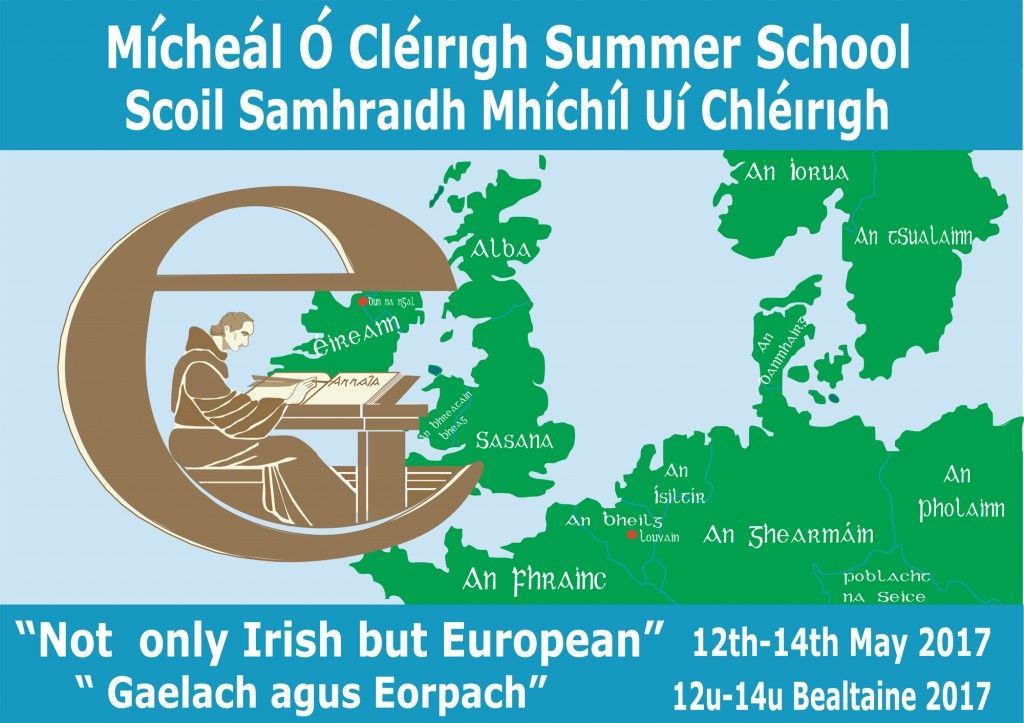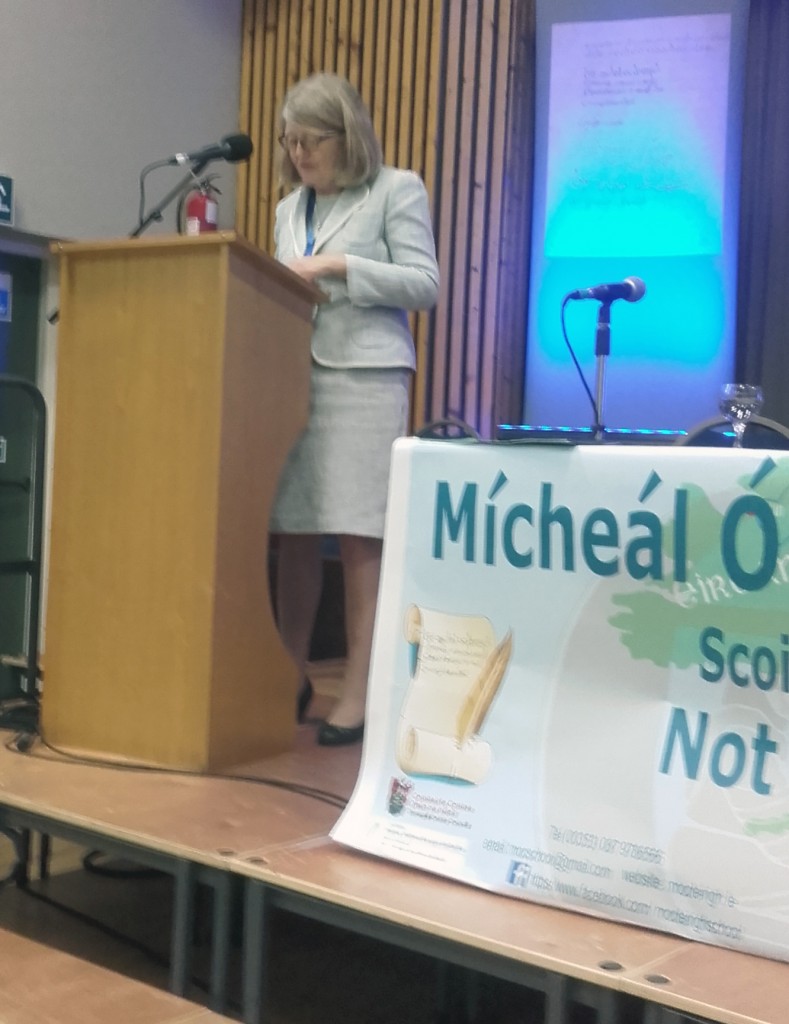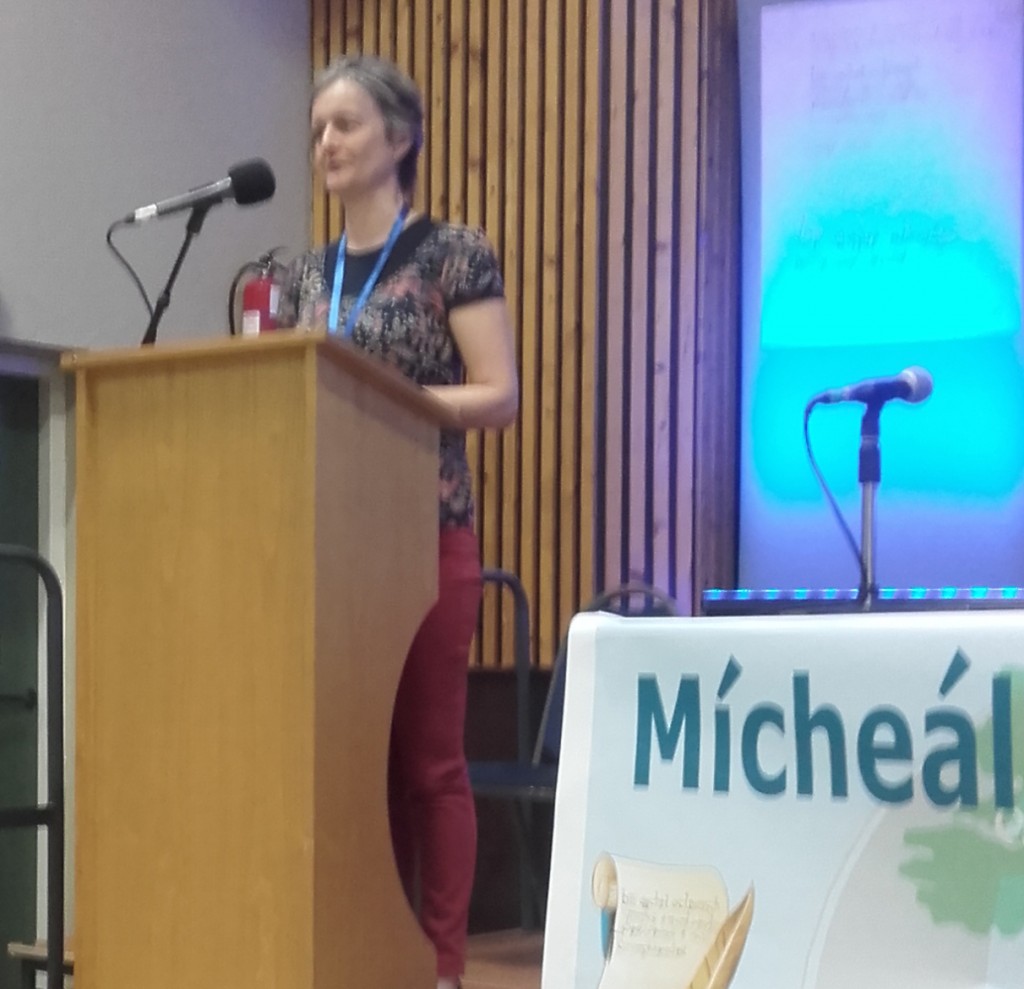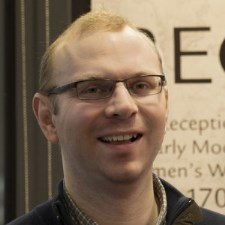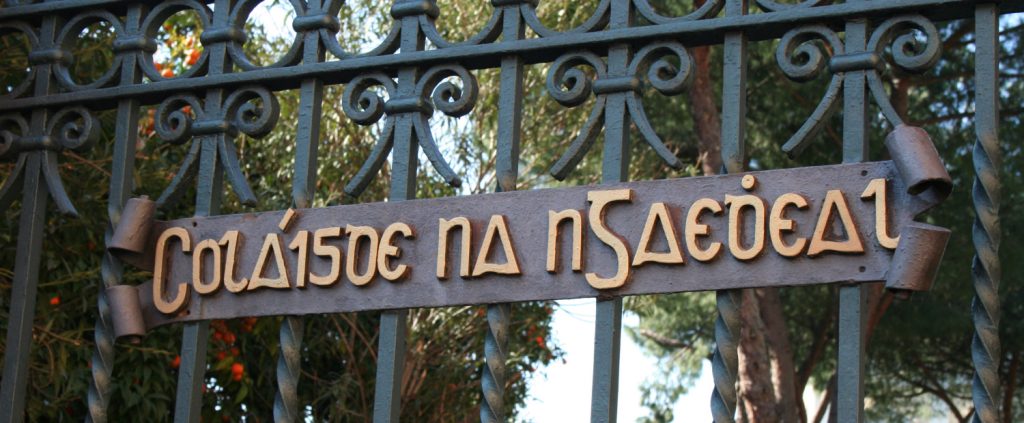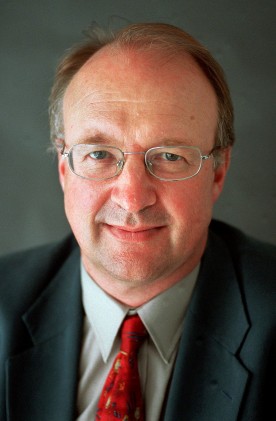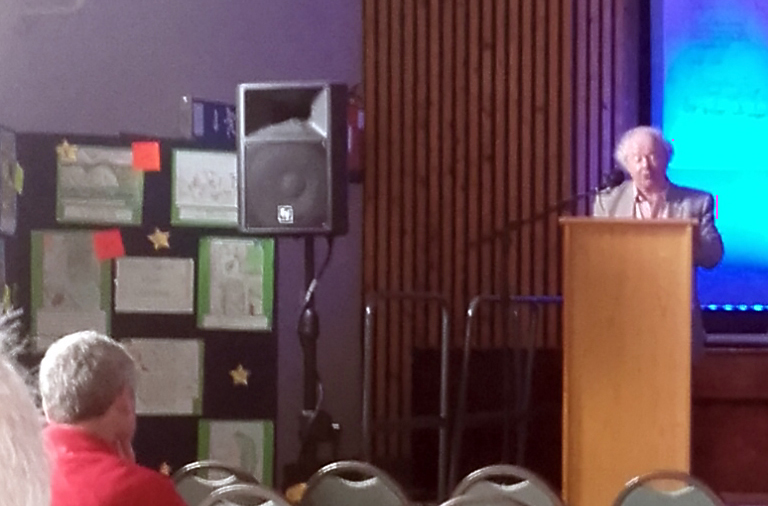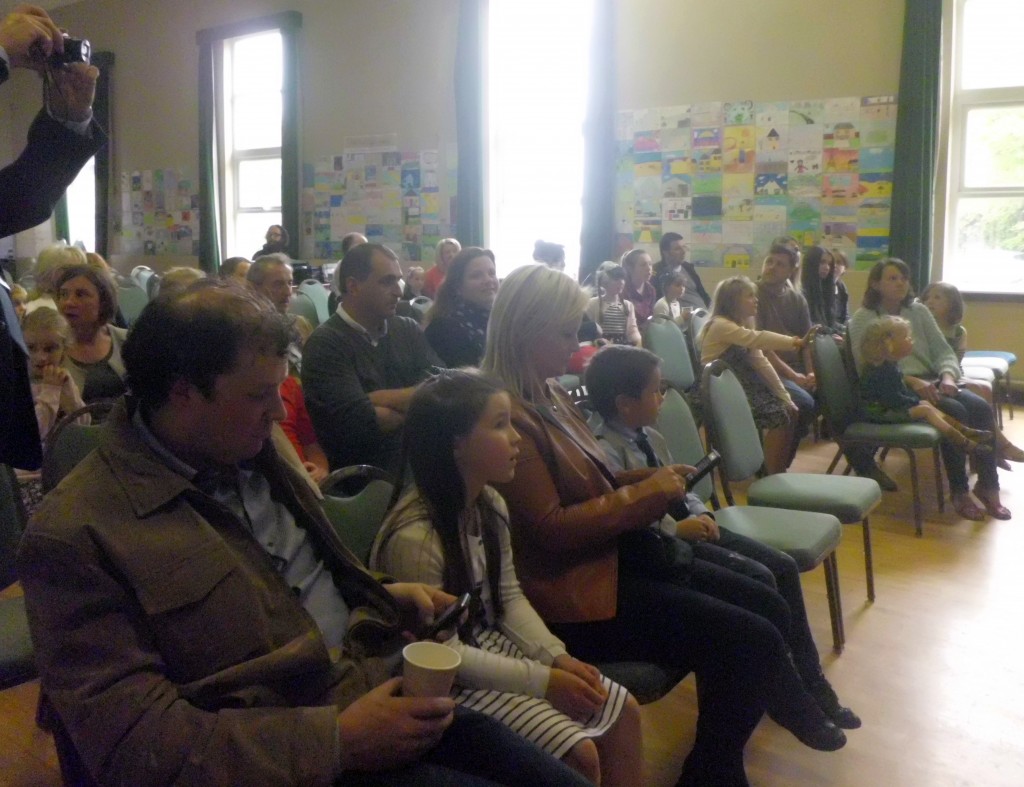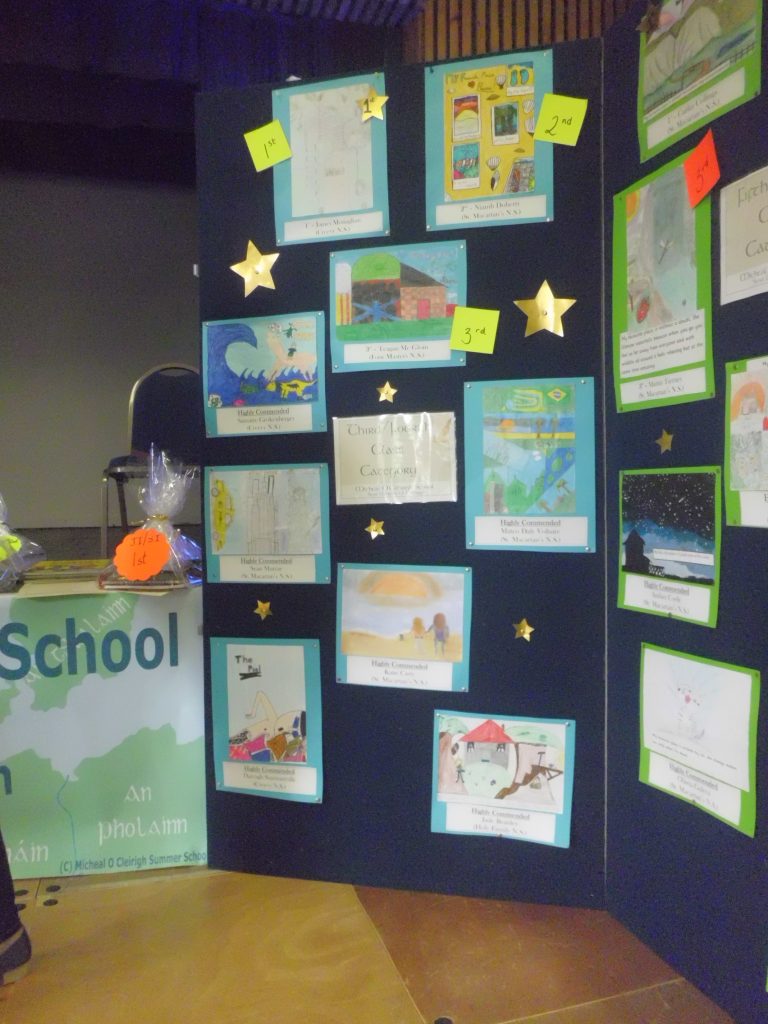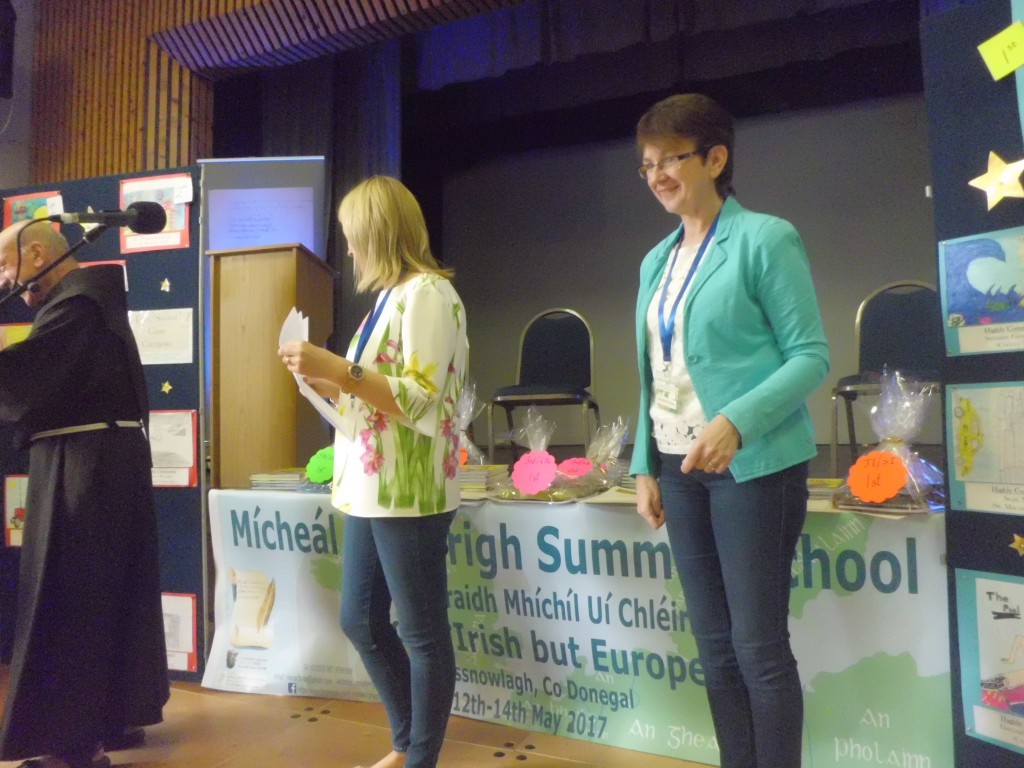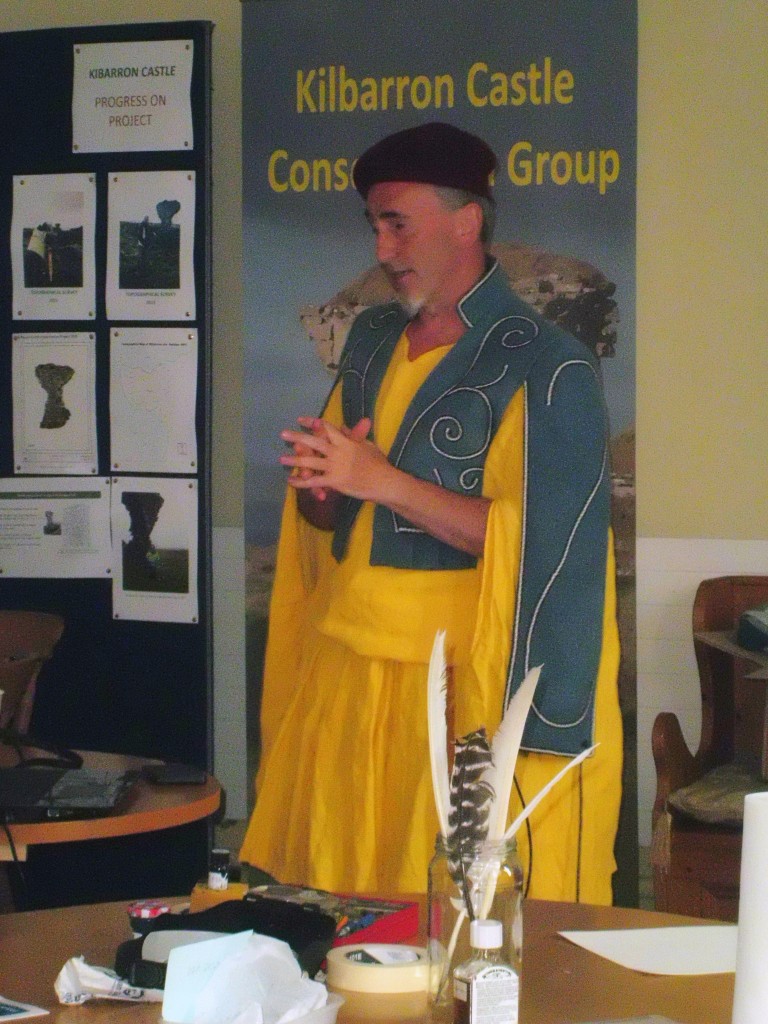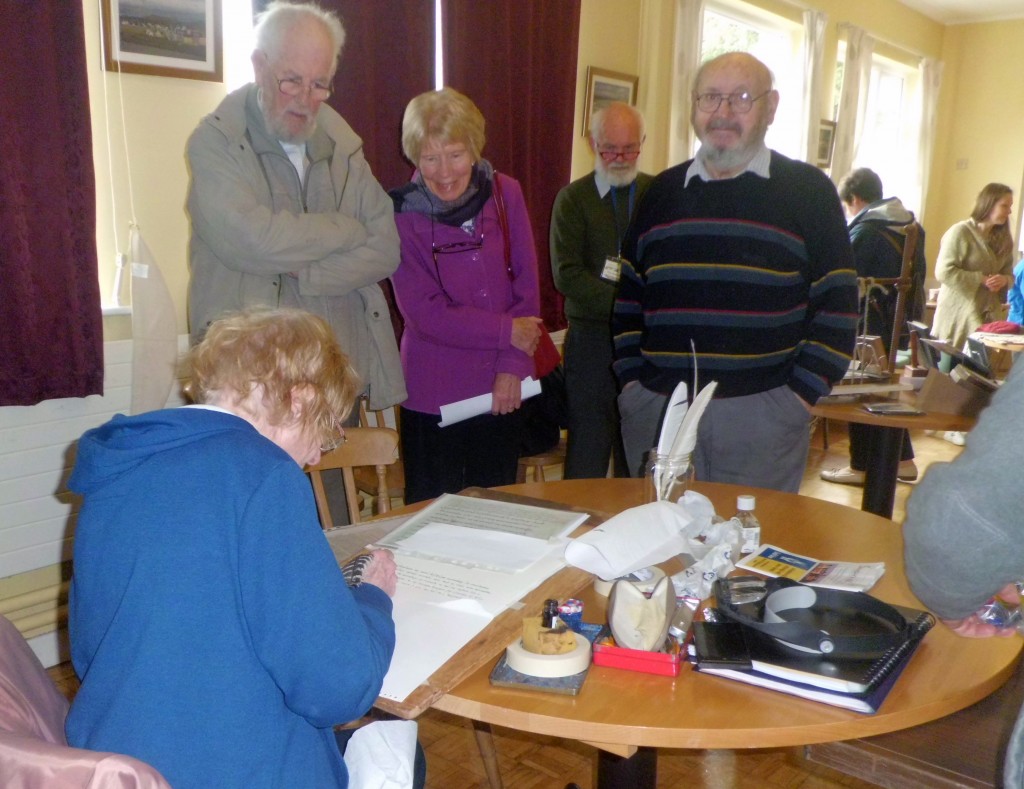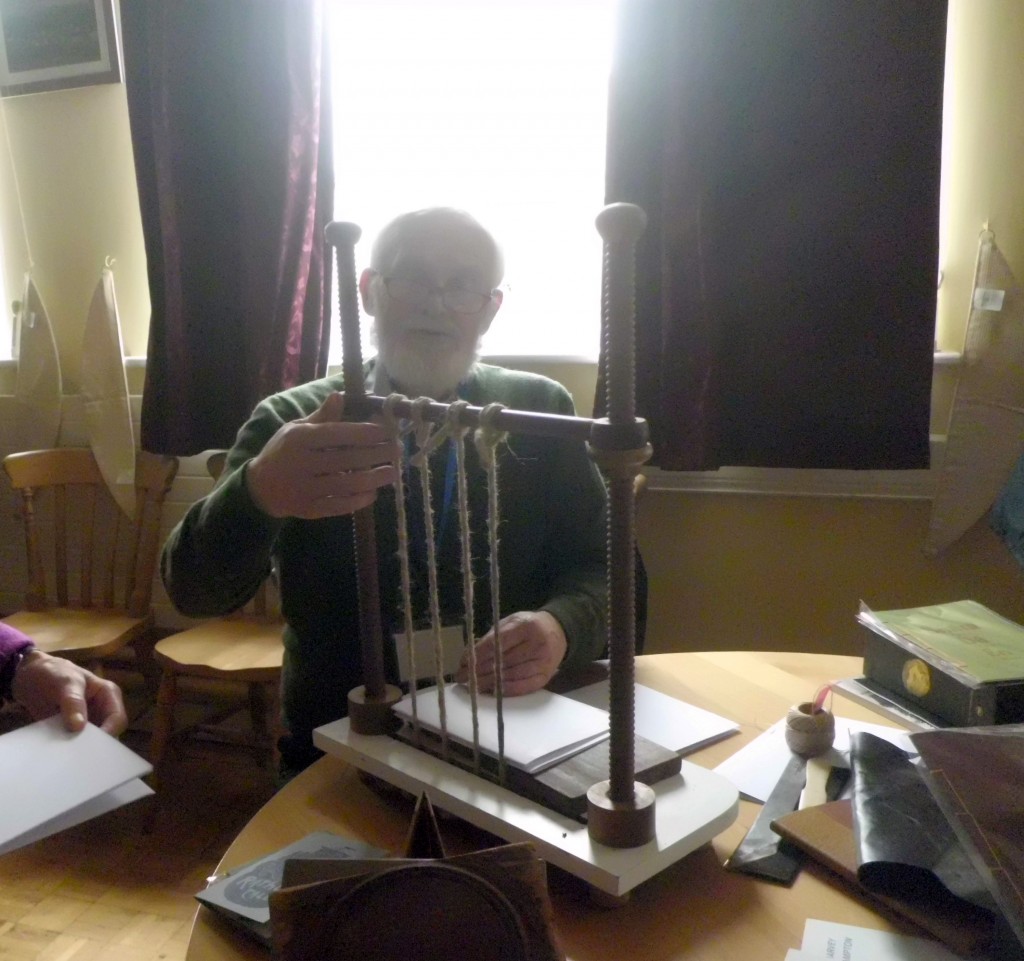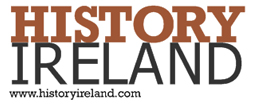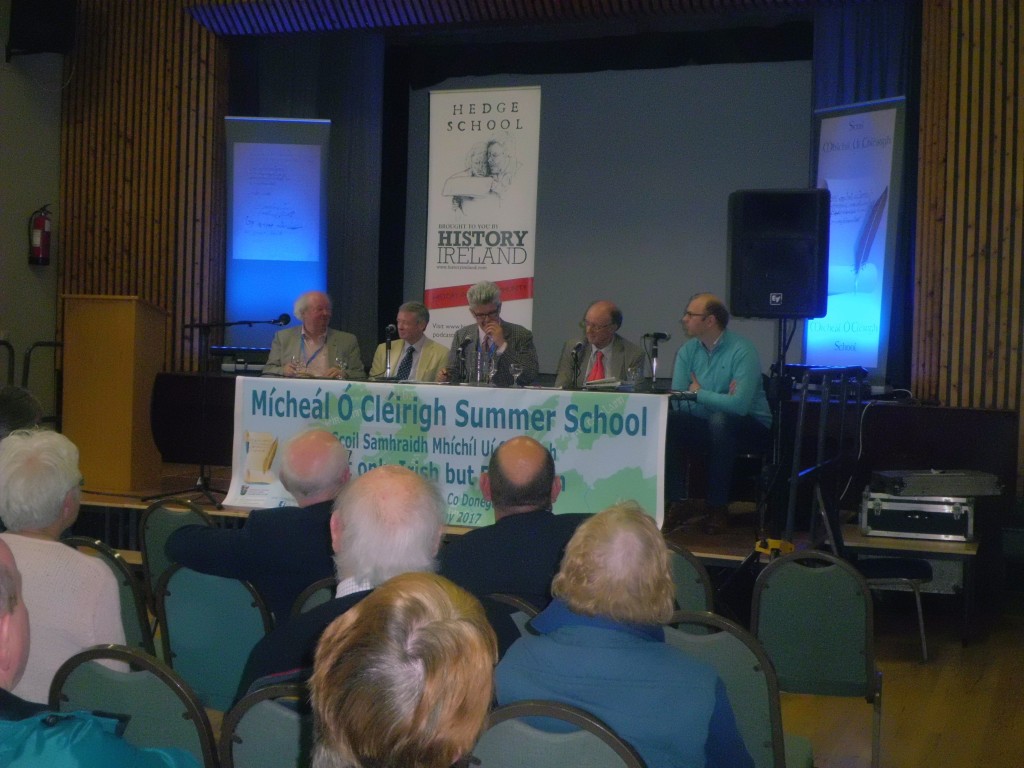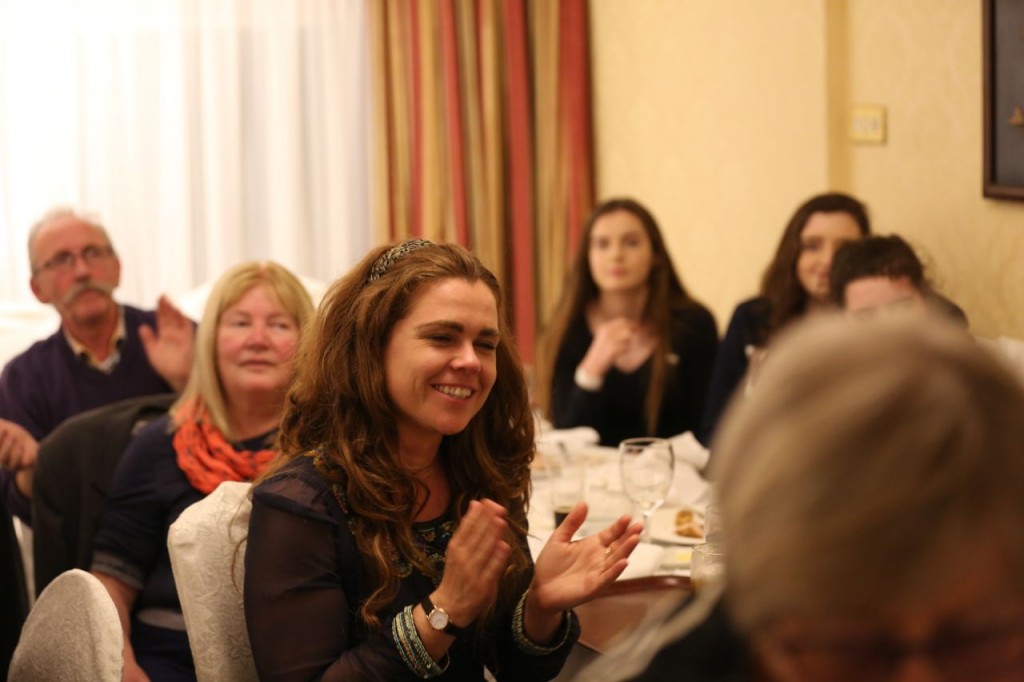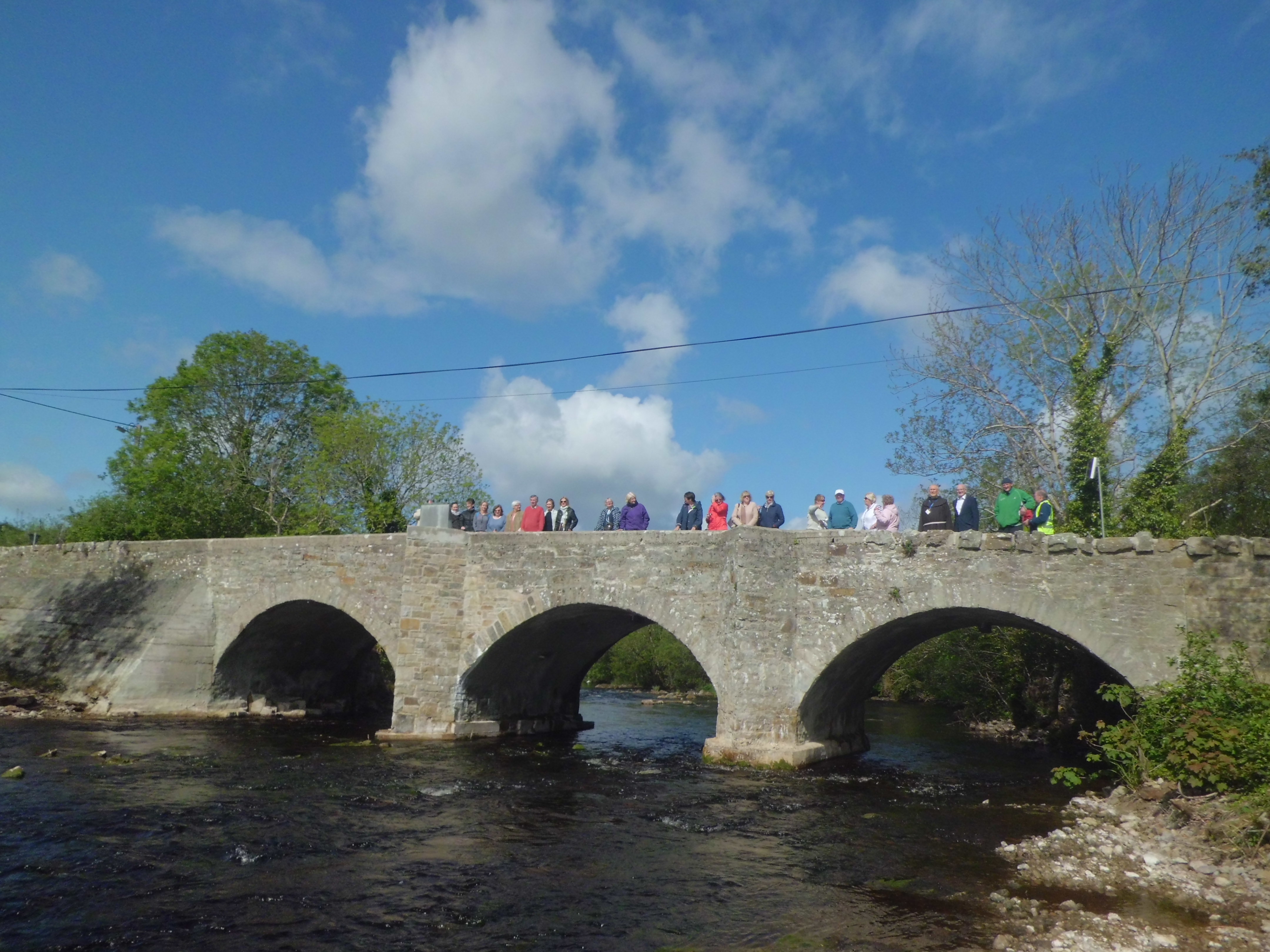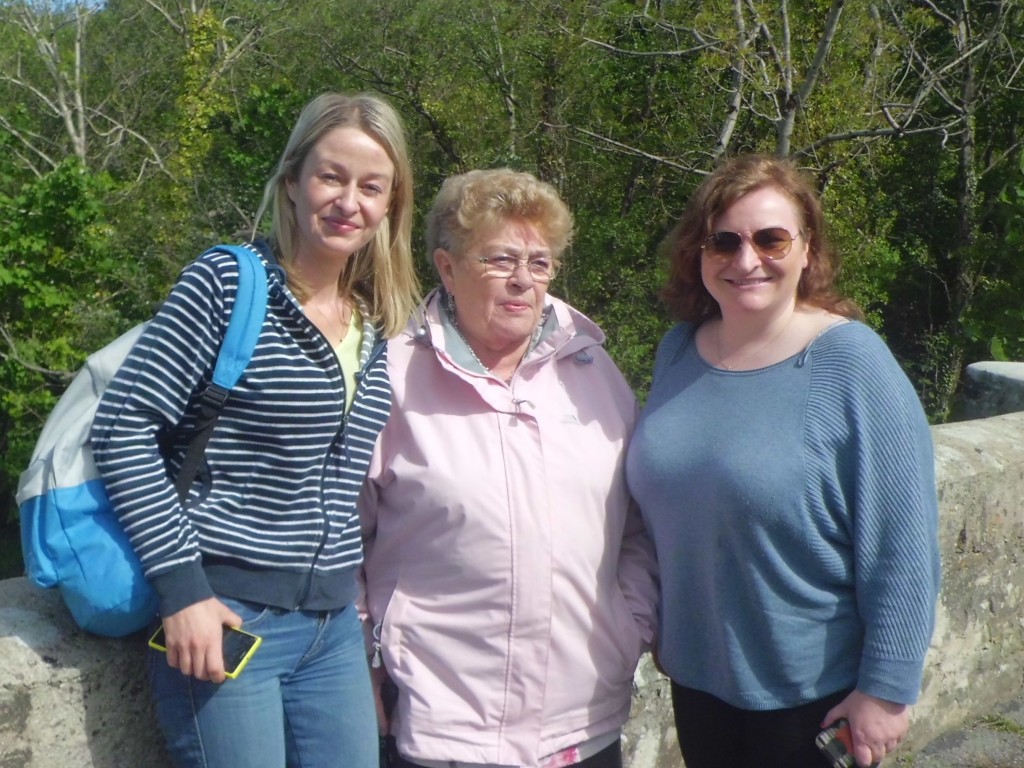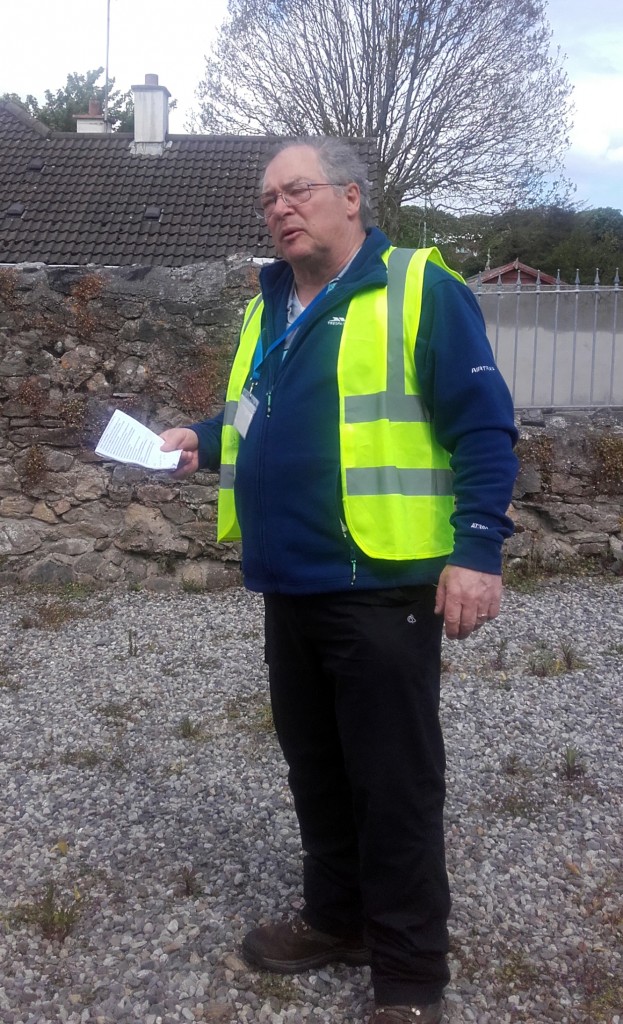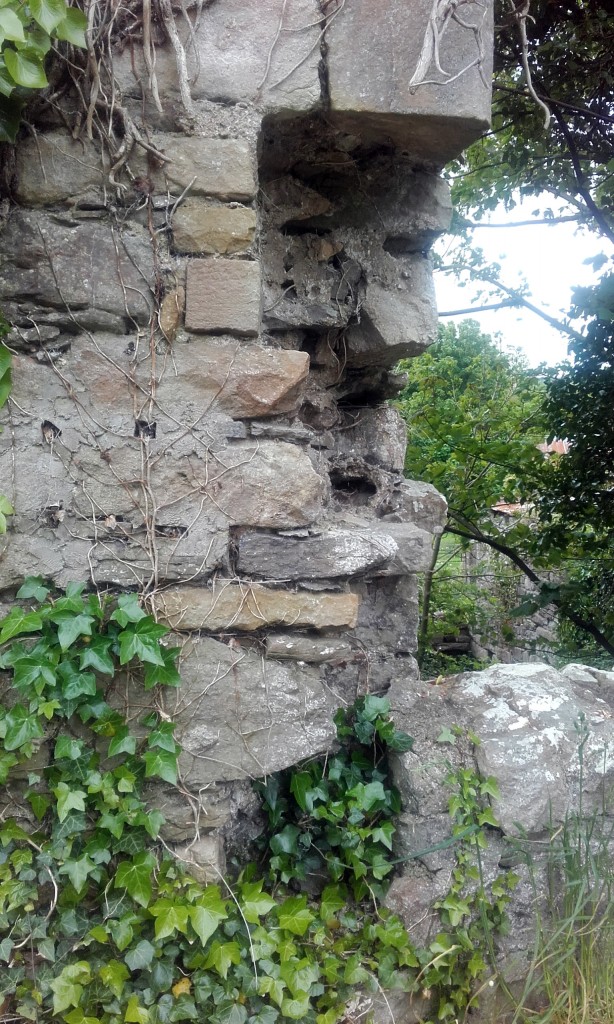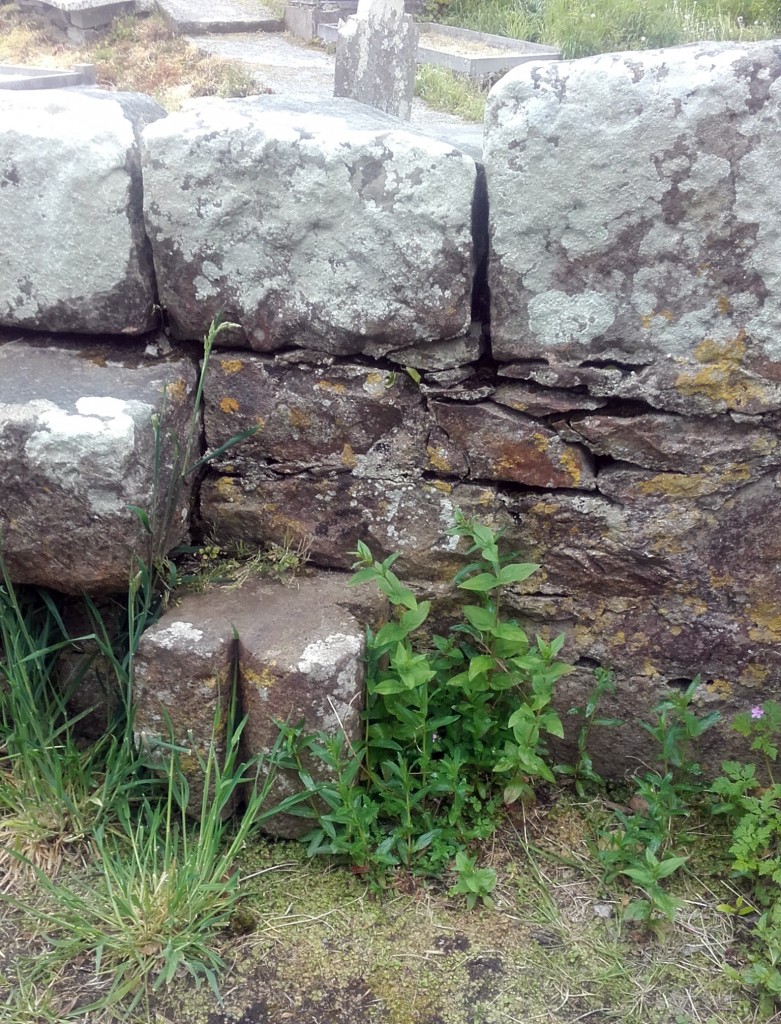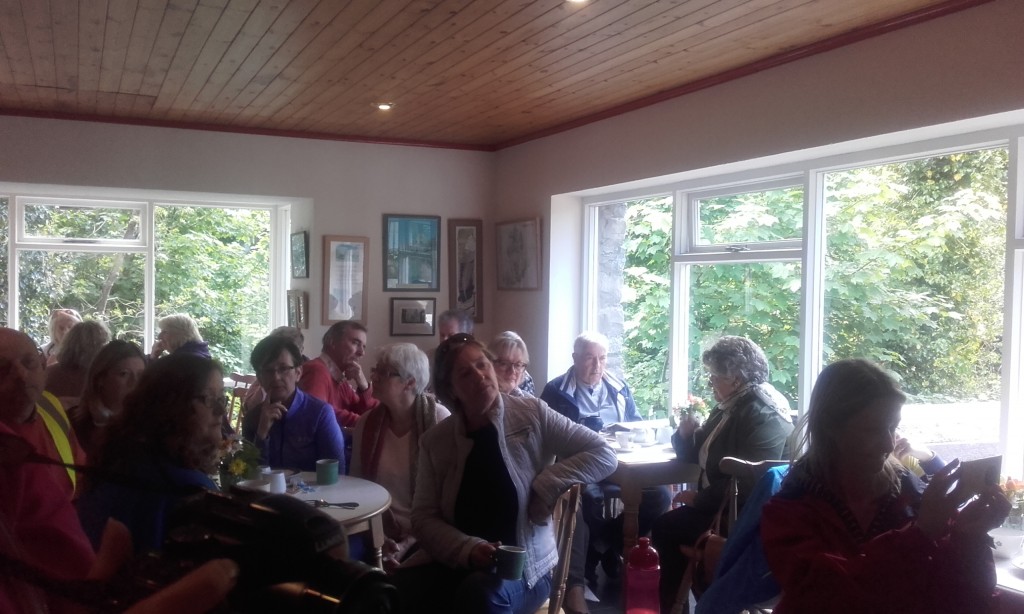2017
The fourth Mícheál Ó Cléirigh Summer School was held on the weekend 12th-14th May 2017
Friday 12th May
Summer School Official Opening
by Dr Mary Daly- President of the Royal Irish Academy. Professor of Modern Irish History U.C.D.
First elected to the Royal Irish Academy in 1991 Professor Mary Daly went onto becoming President of the Royal Irish Academy in 2014 and was the first woEurope of the Regions -man to be elected to that position in the Academy’s 230 year history. Mary Daly was educated at University College Dublin (BA, MA) and Nuffield College Oxford (D. Phil.). During her academic career at UCD she also held visiting positions at Harvard Boston College and EUI Florence. She has numerous publications to her name most recently The Slow Failure: Population Decline and Independent Ireland, 1920–1973. (Madison, WI: University of Wisconsin Press.)
Europe of the Regions – First Talk
The Europe that Br. Mícheál Uí Cléirigh and the Irish Friars encountered after 1607.
By Dr. Alison Forrestal N.U.I. Galway
Dr Alison Forrestal gave the first lecture at the 2017 Mícheál Ó Cléirigh Summer School. The talk will focus on Europe of the regions giving the perspective of the Irish who arrived in Europe in the 17th Century and how they found friends and allies in their exile.
Dr. Forrestal is a Lecturer in the Department of History at NUI Galway. Lecturer, early modern history University Warwick, 1999—2000. Lecturer, ecclesiastical history Durham University, 2000—2006. Lecturer early modern history National University Ireland, Galway, since 2006. Her interests lie in early modern European history. She has a particular interest in ecclesiastical and religious history of the 17th Century. including such publications as Politics and Religion in Early Bourbon France (Basingstoke 2009) and Catholic Synods in Ireland, 1600-90 (Dublin 1998) Dr Forrestal is a member of the Royal Irish Academy.Dr Alison Forrestal gave the first lecture at the 2017 Mícheál Ó Cléirigh Summer School. The talk will focus on Europe of the regions giving the perspective of the Irish who arrived in Europe in the 17th Century and how they found friends and allies in their exile.Dr Alison Forrestal is a Lecturer in the Department of History at NUI Galway. Lecturer, early modern history University Warwick, 1999—2000. Lecturer, ecclesiastical history Durham University, 2000—2006. Lecturer early modern history National University Ireland, Galway, since 2006. Her interests lie in early modern European history. She has a particular interest in ecclesiastical and religious history of the 17th Century. including such publications as Politics and Religion in Early Bourbon France (Basingstoke 2009) and Catholic Synods in Ireland, 1600-90 (Dublin 1998) Dr Forrestal is a member of the Royal Irish Academy.
Musical Evening
The evening ended with music and song from Senan Brennan and friends, Cór Craobhaigh, the Sheerin family and others led by Angela Currid.
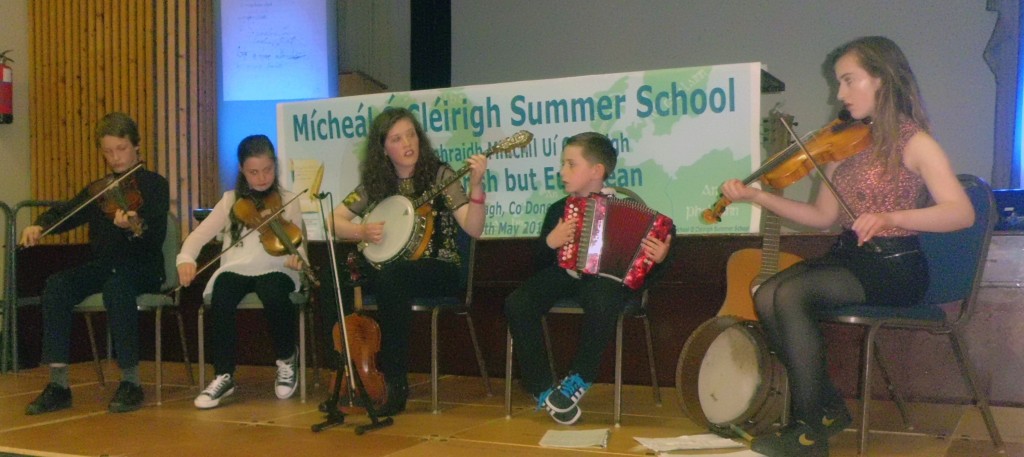
Saturday 13th May
Traders, tricksters and tearaways: the Irish in Europe in the 17th Century
by Dr. Mark Empey N.U.I. Galway.
Dr. Mark Empey is a lecturer in early modern British and Irish history at the National University of Ireland, Galway. His research has focused on political and religious British and Irish history in the past.
He completed his PhD at University College Dublin (UCD) in 2009; with a thesis examined peripheral governments in the early Stuart period by comparing the policies Sir Thomas Wentworth pursued as king’s representative in the Council of the North (Yorkshire) and in Ireland.
In 2010 Mark was an Irish Research Council Postdoctoral Fellow at UCD where he worked on the project ‘Protestants, print and Gaelic culture, 1567-1722’. In 2012 was awarded the prestigious two-year National University of Ireland Postdoctoral Fellowship in the Humanities, studying the career of the Irish historian and antiquarian, Sir James Ware (1594-1666). Between 2014 and 2016 he was a postdoctoral researcher at NUI Galway where he worked on the ERC-funded project ‘RECIRC: the Reception and Circulation of Early Modern Women’s writing, 1550-1700’.
His teaching interests include the Tudors in England and Ireland, the reign of King Henry VIII, the Reformation in Britain and Ireland, social and cultural change in seventeenth-century Ireland, and print and national consciousness in early modern Britain and Ireland.
His published works include articles on scholarly networks, the dissemination of books and manuscripts in seventeenth-century Ireland, and the reception of female-authored works in early modern Britain and Ireland. He recently edited Early Stuart Irish Warrants, 1623-1639: the Falkland and Wentworth administrations with the Irish Manuscripts Commission (2015) and he is co-editor of a forthcoming book on the historiography of the Church of Ireland (Four Courts Press, 2017)
Brexit- The potential fallout in Political & Constitutional terms
by Deaglán De Breadún, journalist,author & broadcaster.
Deaglán de Bréadún An award-winning journalist who worked for many years with the Irish Times where he held a range of positions including Northern Editor, Foreign Affairs Correspondent and Political Correspondent before taking early retirement at the end of 2012. Currently a columnist with the Belfast-based Irish News and a regular broadcaster in English and Irish, he also worked in 2013-14 as Local Radio Correspondent at the Oireachtas (Republic of Ireland parliament) and in 2014-15 as Political Editor of the Irish Sun newspaper.
He gave his unique take on all the issues surrounding Brexit and the possible implications of this development with Europe, Britain and Ireland both North and South of the border.
Irish Culture today on a global & European stage.
by Dr Alan Titley U.C.C.
Alan Titley is a novelist, story writer, playwright and scholar. He has also written and presented documentary films on literary and historical subjects, and has been writing a weekly column for The Irish Times on current and cultural affairs since 2003.
He was born and raised in the city of Cork, where he studied to be a primary school teacher. His work took him to Nigeria where he taught during the Biafran War. While there he travelled extensively across West Africa through both jungle and desert. He returned and taught deaf children in Dublin while studying for an evening degree at University College Dublin.
Primary Schools Art Competition- Prize-giving
Over 800 pupils from local primary schools in Counties, Donegal, Leitrim & Fermanagh submitted artwork in four class categories. Junior/Senior Infants, First & Second Class, Third & Fourth Class and Fifth & Sixth Class.
This event has been held every year since the founding of the Summer School in 2014.
Summer School Craft Events
Irish Traditional Costumes –
by Proinsias Mag Fhionnghaille
This talk and demonstration of what was typical Gaelic dress for people in 17th Century Ireland was given by Proinsias Mag Fhionnghaile who is a writer, historian and tour guide from Ballyshannon. He has received the nominal letters C.I.O.M from Clans of Ireland for his years of work and research in the field of Irish history, in particular surname research and the study of traditional Irish clothing. He is also the historian for the McGinley clan and is the Curator of Ballyshannon & District Museum.
The Art of Calligraphy and the Annals
This was a demonstration and talk about the materials and methods used by the annalists who worked on the “Annála Riochta na hÉirinn” and other manuscripts given by Ann O’Clery. Later those attending got a chance to try some calligraphy for themselves. Ann O’Clery is a watercolour painter and calligrapher, has a degree in Architecture from UCD and a Diploma in Calligraphy from CLAS (Calligraphy and Lettering Arts Society). She is a member of CLAS and Peannairi (Association of Irish Calligraphers) and is Past President of the Water Colour Society of Ireland. Her paintings are in collections in Europe, Australia and US. She has recently undertaken a study of the script of Michael O’Cleirigh
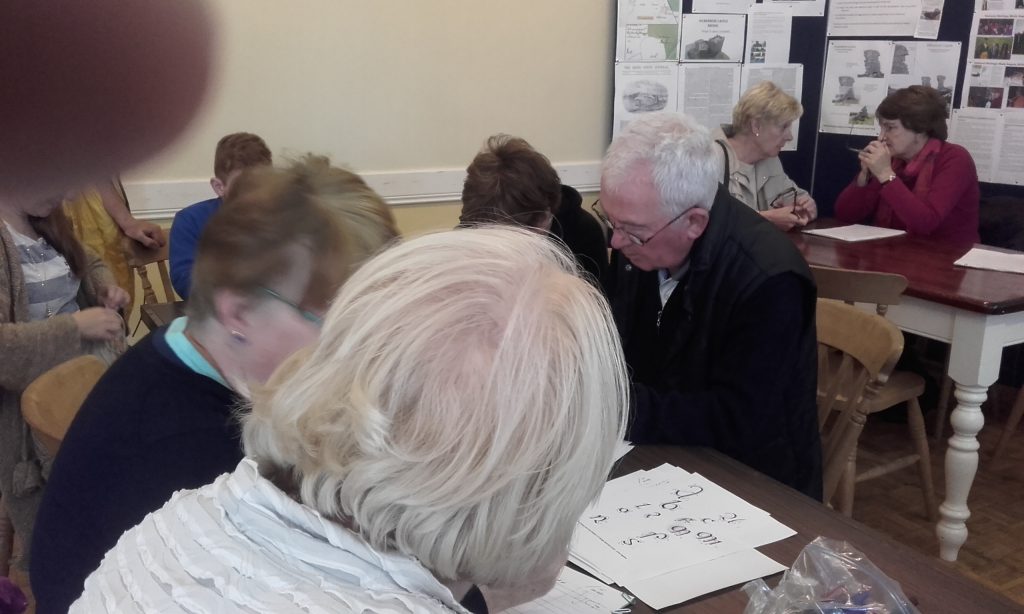
The Art of Medieval Book Binding
A demonstration of the materials and methods used by medieval bookbinders was held by Tim Stampton.
Tim Stampton is an artist and illustrator working from his studios in Malin, County Donegal, Ireland. He creates handmade prints from his wood engravings and woodcuts and also produces watercolour illustrations. In 1989, he moved to Ireland with the Irish artist Ros Harvey. Together established Ballagh Studio in Malin by converting old farm buildings. Ballagh Studio now includes personal studios, a printmaking workshop, a framing facility and a showroom that is open to the public.
His prints have been exhibited internationally, including shows in Canada, France, Germany, Holland, Ireland and the UK. He has illustrated a number of commercially published books (see below for a selection). He has also published several hand-printed, limited-edition books on Irish folklore under his own press, Apple & Wave.
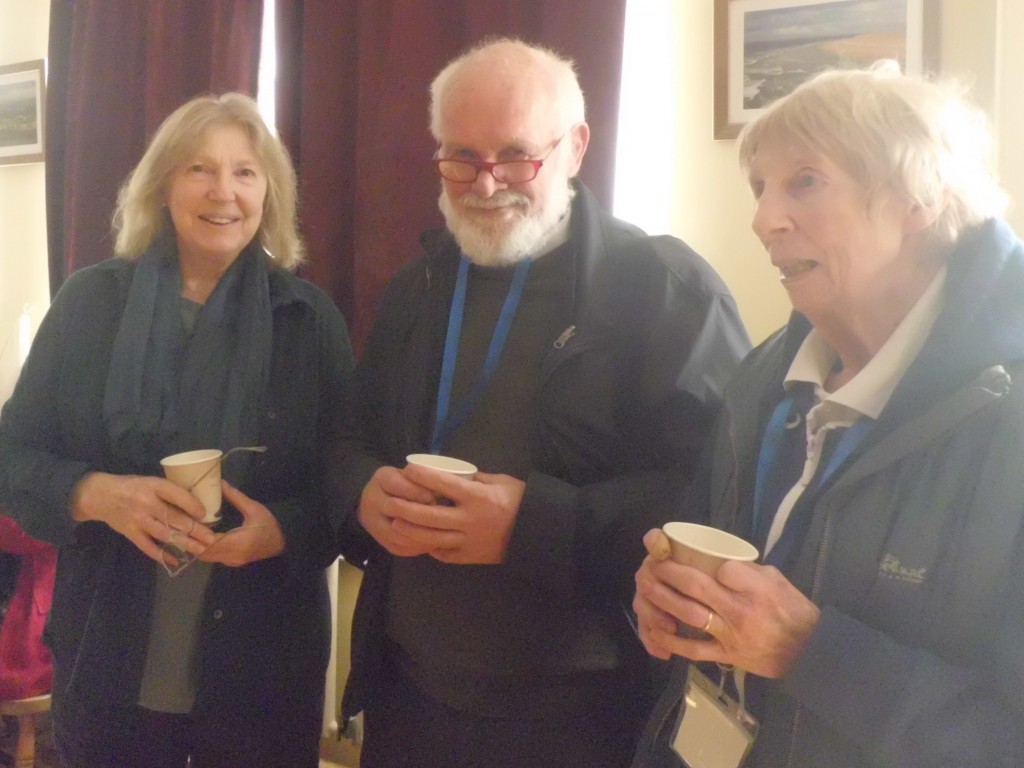
History Ireland Debate
Panellists were l-rJAlan Titley, John Mc Cafferty, Deaglán De Bréadún & Mark Empey.
Moderated by Tommy Graham (centre), Editor of History Ireland magazine. Tommy Graham, editor and founder of History Ireland magazine and Historical Walking Tours of Dublin, is a native of nearby Ballyshannon moderated his second History Ireland debate in conjunction with the Mícheál Uí Cléirigh Summer School.
Tommy Graham introduced the discussion by setting the parameters, saying that the talk would compare the events of early modern Ireland with the contemporary issues of modern Europe and Ireland.
Keynote Address
From Donegal to Purgatory (and back)
Europe Lough Derg & the Irish Franciscans
by Dr John McCafferty UCD
John McCafferty is Director of the Mícheál Ó Cléirigh Institute, a partnership between University College Dublin and the Irish Franciscans. He holds a PhD in history from Cambridge University and has taught in UCD, where he took his first two degrees, since 1994. He has published on the histories of both Protestant and Catholic Churches in early modern Ireland.
The island on Lough Derg where St Patrick’s Purgatory was sited in the Middle Ages was considered to be a place where one could enter Purgatory. Originally called St Davóg’s Purgatory, it was closed down by the Papacy in 1497 but in 1531 the Franciscans who were given charge of the pilgrimage site in the termon lands, Tearmann Mac Craith managed by the Mac Craith (McGrath) erenachts whose role anciently was to act as land stewart for the church. The Franciscans decided to rebrand the pilgrimage and renamed it St Patrick’s Purgatory.
Summer School Dinner in the Sandhouse Hotel,Rossnowlagh
The Summer School held their weekend dinner in the Sandhouse Hotel in Rossnowlagh. Musical entertainment was provided by the singers of Bel Canto and later the music of Erdini. Here are some pictures of the evening.
Sunday 14th May
Tour of the Four Masters Historical sites
Four Masters Memorial Mullinaleck Bridge
Ballyhanna Graveyard Ballyshannon
People were being buried at Ballyhanna, in Ballyshannon, Co. Donegal, from at least the 12th century. They were laid to rest to the east and south of a small, mortared stone church, which, at the time, stood on the banks of the Erne River, close to the strategic fording-point of Atha Seanaig, a short distance downstream from the low, tumbling rapids known as Cathleen’s Fall. For several hundred years, as the artefacts discovered tell us, people continued to bury their dead at Ballyhanna, with men, women and children being interred in the small graveyard. We do not know when the weary tradition of carrying the dead along the riverbank to that place ended. It is clear, however, that the church and graveyard did ultimately fall into ruin and disuse, and that over the centuries that followed all local memory of the site faded. We cannot be certain whether the church or the burial ground was still in use by the 17th century, when it is recorded in a land audit—the Enniskillen Inquisition. The lack of artefacts from this time suggests that it was not. In any case, Ballyhanna’s fate of becoming forgotten was sealed by the loss of so many souls in Ballyshannon during the Famine through death and emigration, as the last memories of a church at Ballyhanna were spirited away across oceans and into mass graves—that is, until it was rediscovered in June 2003.
Abbey Assaroe & Abbey Mill
The tour ended with a visit to the Abbey graveyard and had refreshments in the nearby Abbey Mill Cafe. The Abbey Mill Cafe is entirely run by volunteers and the restoration was carried out as a community project..
